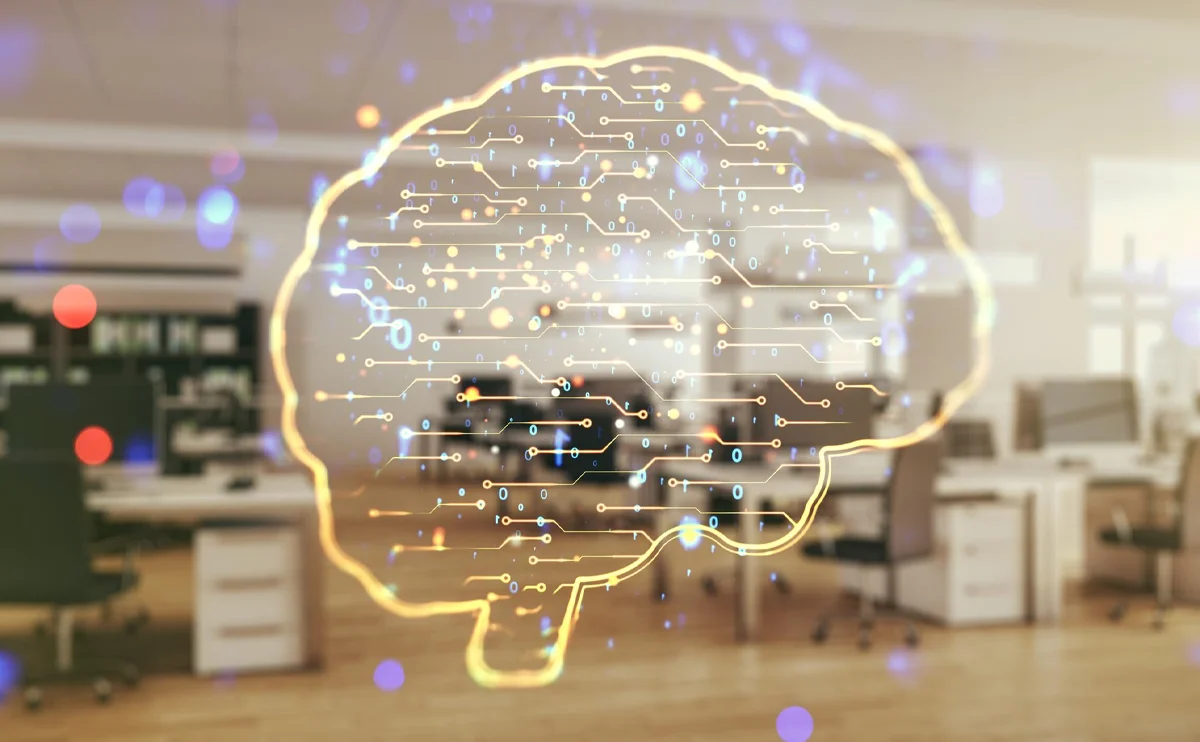How is Brain Mapping Done?
Brain mapping involves a variety of imaging and recording techniques used to determine the functions and activities of specific regions of a person’s brain. Functional brain mapping generally aims to create a map showing which areas of a person’s brain are active when performing a particular task.
What are Brain Mapping Techniques?
Magnetic Resonance Imaging (MRI): MRI uses a strong magnetic field and radio waves to create detailed images of the brain and other body tissues. In brain mapping, MRI can be used to detect abnormalities in the structure of the brain, tumors and problems with blood flow.
Computed Tomography (CT): CT uses X-rays to create cross-sectional images of the brain and other body tissues. CT for brain mapping can be used to diagnose emergencies such as brain hemorrhage and stroke.
Electroencephalography (EEG): EEG measures the electrical activity of the brain. EEG in brain mapping can be used to diagnose neurological disorders such as epilepsy and sleep disorders.
Positron Emission Tomography (PET): PET uses radioactive tracers to measure the brain’s metabolic activity. In brain mapping, PET can be used to diagnose neurodegenerative disorders such as Alzheimer’s disease and Parkinson’s disease and to investigate brain function.
Functional MRI (fMRI): fMRI determines which areas of the brain are active during certain tasks by measuring changes in the brain’s blood flow. In brain mapping, fMRI can be used to investigate brain functions and identify brain regions responsible for cognitive functions such as language, memory and vision.
NIRS (Nir Spectroscopy): NIRS is a technique that measures hemoglobin oxygenation in the tissues beneath the scalp. This method is used to monitor the brain’s oxygen levels and estimate brain activity.
Each of the brain mapping techniques has advantages and limitations depending on the specific research or diagnostic purposes. For this reason, researchers and clinicians often use a combination of methods to create a more comprehensive brain map.
The brain mapping procedure varies depending on the method used. In general, the procedure is painless and does not require any special preparation. During the test, you will lie in a comfortable position and a technician will fit you with brain mapping equipment.
What is Brain Mapping Used for?
Brain mapping is a set of diagnostic tools used to evaluate the structure and function of the brain. It gives doctors information about how the brain works by measuring different brain activities such as brain waves, blood flow and metabolism. This information can assist in the diagnosis and treatment of various neurological and psychiatric disorders.
What are The Areas Where Brain Mapping is Used?
Diagnosis of Neurological Disorders: Brain mapping can be used to diagnose neurological disorders such as epilepsy, stroke, brain tumors, dementia and Parkinson’s disease.
Diagnosis of Psychiatric Disorders: Brain mapping can be used to diagnose psychiatric disorders such as depression, anxiety disorders, schizophrenia and obsessive-compulsive disorder.
Assessment of Pain: Brain mapping can be used to identify the source of chronic pain and plan treatment.
Researching Brain Functions: Brain mapping can be used to investigate how brain functions such as memory, language and learning work.
Monitoring Brain Treatment: Brain mapping can be used to monitor the effectiveness of brain treatments such as TMS or medication.
Brain mapping results will be interpreted by a radiologist or neurologist. Your doctor will discuss the results with you and recommend the necessary treatment.

